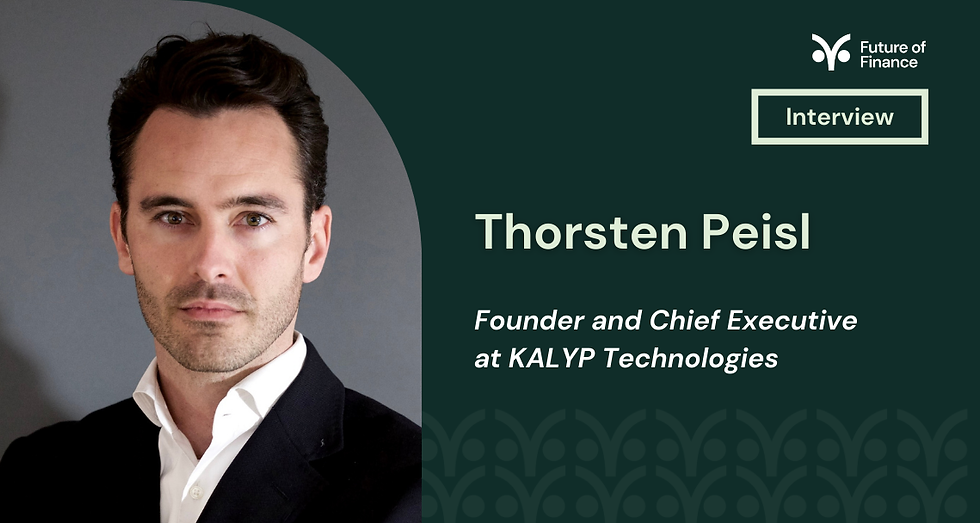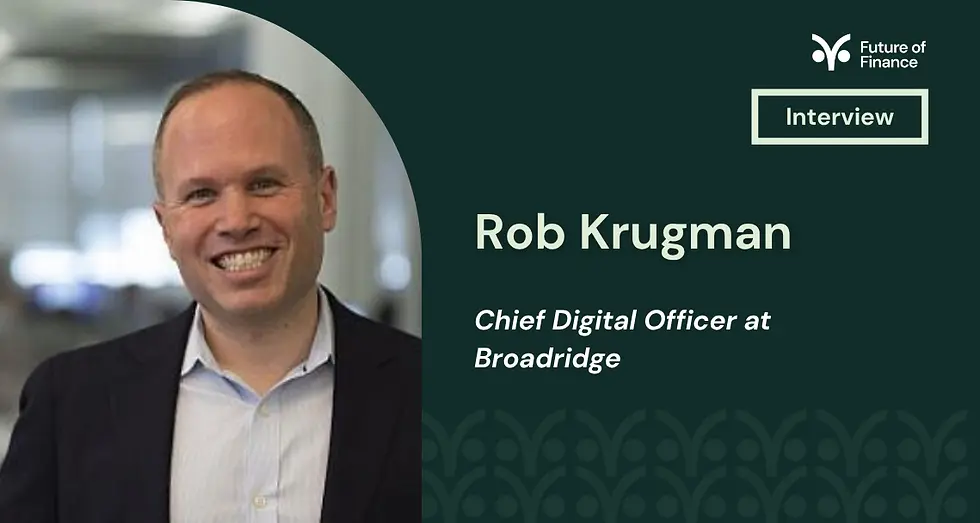GLEIF takes on the blockchain interoperability conundrum
- Future of Finance

- Sep 2
- 1 min read
Updated: Sep 4

A Future of Finance interview with Alexandre Kech, CEO of GLEIF.
There are two main obstacles to the scaling of the markets in digital assets and one of them is the lack of interoperability between blockchain networks and between blockchain networks and traditional financial markets. The default answer, hallowed by history in multiple industries, is standards. By enabling different networks to exchange data, they multiply the overall volume of counterparties and transactions. Unfortunately, attempts to achieve interoperability standards in digital assets suffer from limited usage and winner-takes-all proprietorial schemes, condemning most market participants to deploy risky or clumsy workarounds. So it is significant that the Global Legal Entity Identifier Foundation (GLEIF), set up by the Financial Stability Board in 2014 to overcome a major accelerant of the Great Financial Crisis of 2007 to 2009 – namely, the lack of a trusted counterparty identification standard on a global scale – has broadened its work to encompass digital assets. Dominic Hobson, co-founder of Future of Finance, spoke to Alex Kech, CEO of GLEIF.







